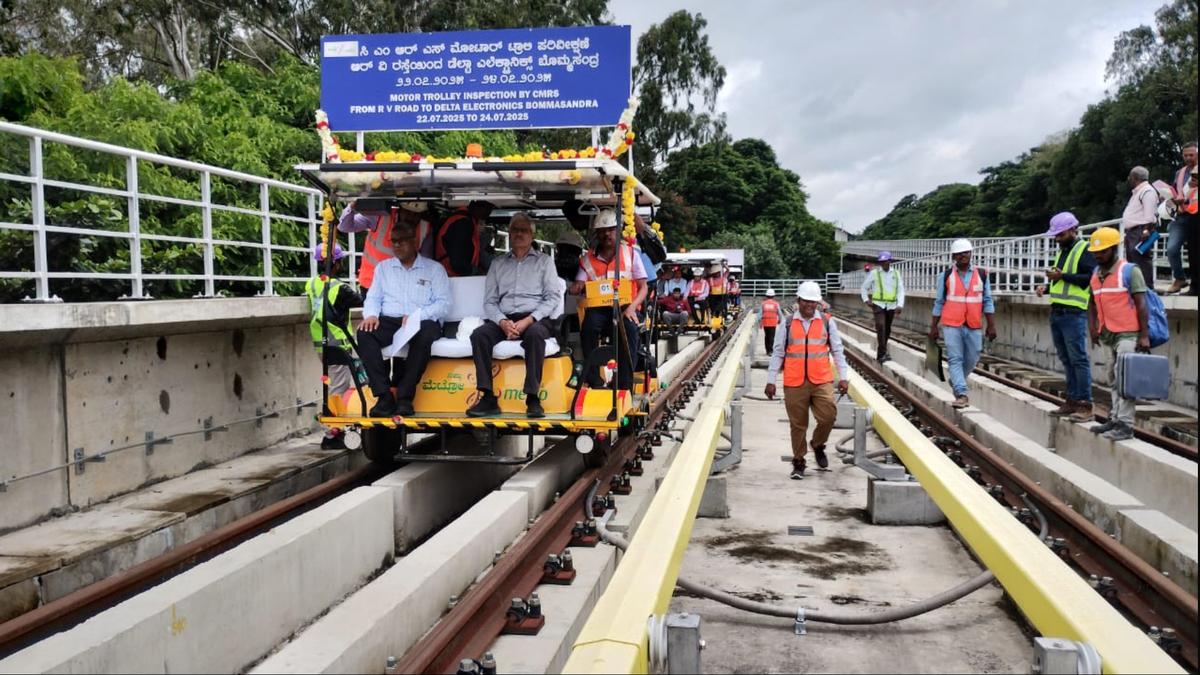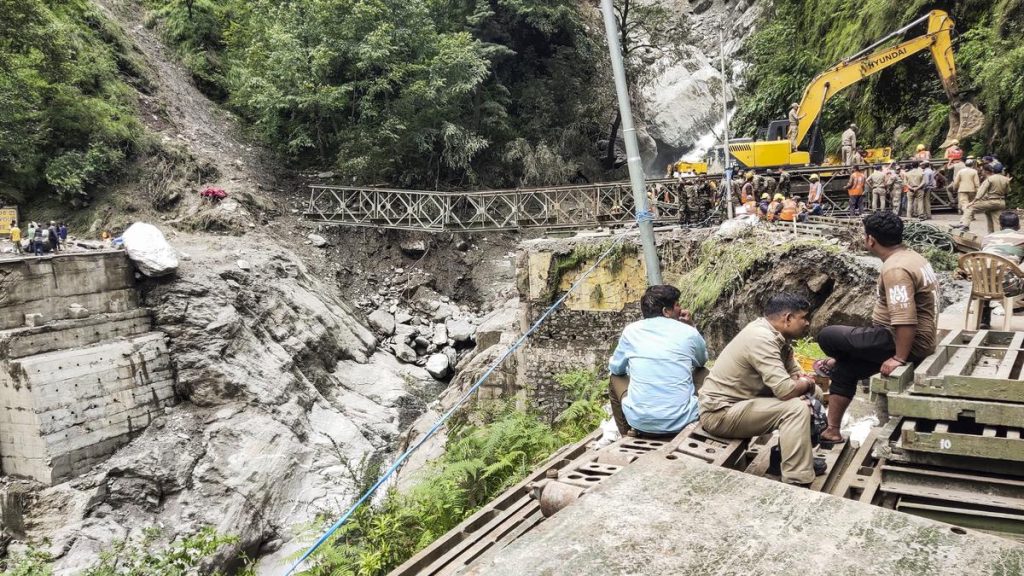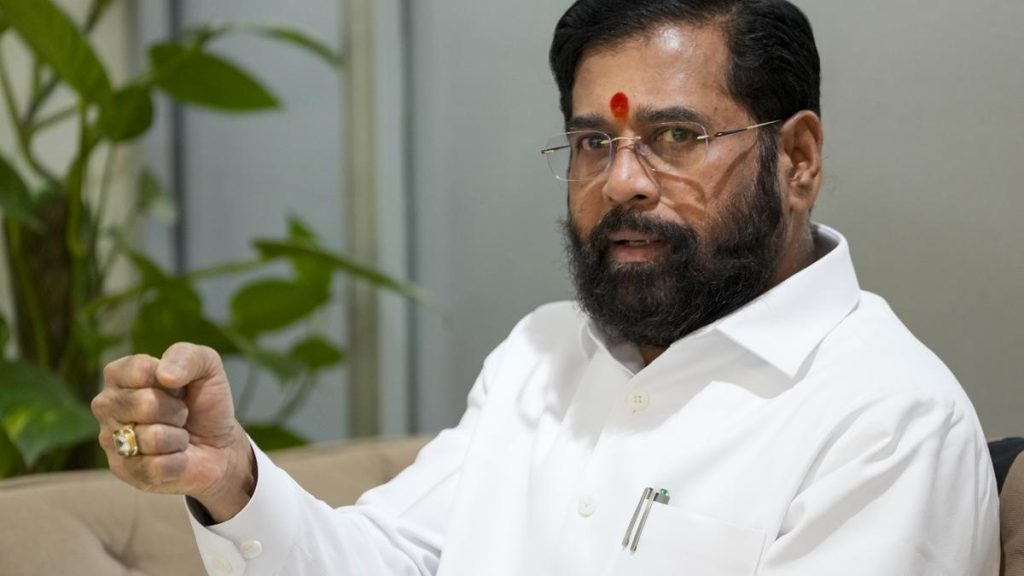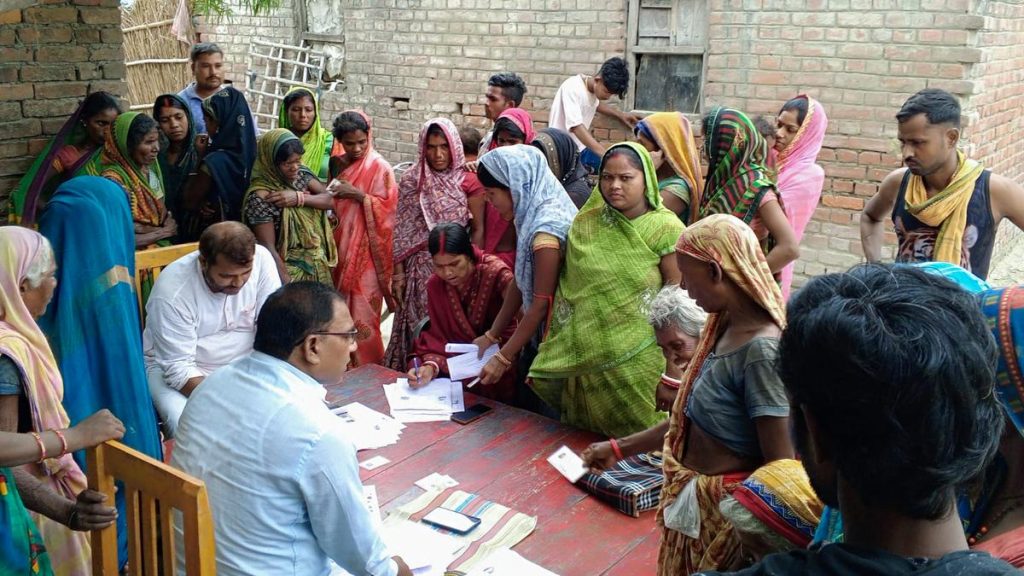Now Reading: Bengaluru Metro’s Delayed Yellow Line Set to Launch After 8 Years
-
01
Bengaluru Metro’s Delayed Yellow Line Set to Launch After 8 Years
Bengaluru Metro’s Delayed Yellow Line Set to Launch After 8 Years

Quick Summary
- Prime Minister Narendra modi will inaugurate Bengaluru’s Yellow Line of Namma Metro, a 19.15-km elevated corridor connecting R.V. Road to Bommasandra, on August 10, 2025.
- The line aims to streamline commuting in the city’s tech corridor, benefiting employees in Electronic City and decongesting traffic at Silk Board Junction.
- Initially proposed in the 2011 Detailed Project Report (DPR), construction commenced in 2017 and faced delays due to land acquisition issues, COVID-19, and supply chain disruptions from CRRC Nanjing.
- Costing ₹7,610 crore,the new stretch has 16 stations and introduces driverless trains (currently operated by pilots for safety). Full-scale services with reduced frequency are expected by next year with all train sets delivered.
- Jayadeva Interchange Station is Bengaluru’s largest metro station; it features a four-tier design connecting key lines (Green Line at R.V. Road, pink Line at Jayadeva Hospital).
- Serving IT hubs like Infosys and Wipro along its route via BTM layout and Kudlu gate, officials estimate a daily ridership of over 2.5 lakh upon full operation.
- train frequency will initially be every 25 minutes due to limited train availability-three currently in operation; complaints have surfaced regarding inadequate service levels.
indian Opinion Analysis
The inauguration of Bengaluru’s Yellow Line signifies an vital milestone for the city’s transportation infrastructure aimed squarely at addressing its growing urban commuting challenges-especially reducing heavy congestion around Silk Board Junction and enabling smoother connectivity across IT zones such as electronic City.
however, despite its potential benefits for thousands of commuters daily when functioning efficiently post-delivery of all train sets next year-symbolism appears to outpace practicality during initial operations owing largely to long waiting intervals between services (~25 minutes). This gap could dilute initial user confidence while causing frustration among early adopters seeking immediate relief from existing transport challenges.
Given its integration with multi-modal points (Green/Pink/Blue Lines) alongside ample investment costs (~₹7,610 crores)-long-term impact assessments are warranted further quantifying sustainability ROI purposes ahead amidst resource shortages illustrated here well today within scope context hindrances mere around phase rollouts particularly infrastructure-only aspects accelerating uneven usability efficiency etc .
























